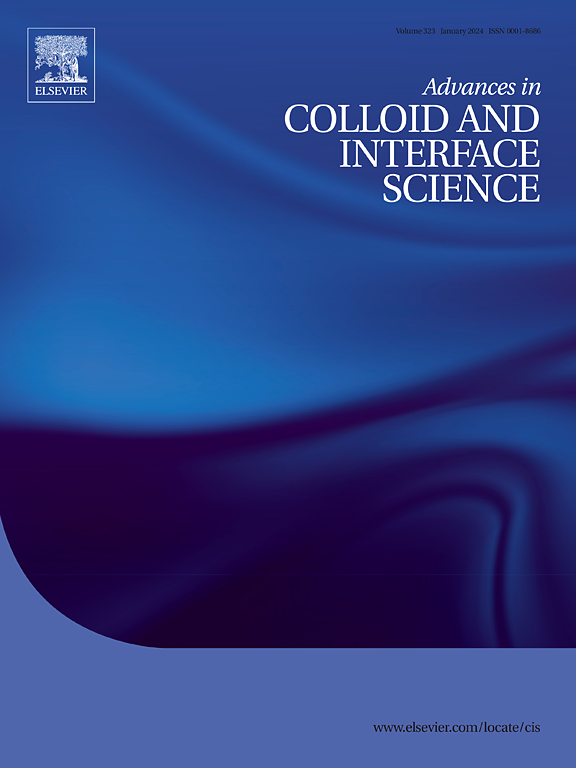局限碳炔及其以外的合成和性质
IF 19.3
1区 化学
Q1 CHEMISTRY, PHYSICAL
引用次数: 0
摘要
Carbyne是一种以sp1杂化为特征的一维碳同素异形体,由于其独特的结构和优异的性能而备受关注。从原理上讲,碳炔是一个无限的线性碳链,或者是一个性质与长度无关的长线性碳链。尽管早在一个世纪前就被提出,但碳炔的存在一直是一个有争议的话题,主要是因为它的极端不稳定性和强烈的化学反应性。到目前为止,最长的端盖聚乙烯和碳纳米管约束的线性碳链分别包含多达68和6000个碳原子。本文综述了约束型线性碳链即约束型碳炔的合成方法,重点介绍了约束型碳炔的合成路线。此外,还详细讨论了理论计算和各种拉曼光谱揭示的碳链的结构和性质。最后,讨论了目前sp1杂化碳的合成和性能工程方面的挑战,但不限于局限的碳,为基础研究和应用的潜在未来方向提供了见解。本文章由计算机程序翻译,如有差异,请以英文原文为准。

Synthesis and properties of confined carbyne and beyond
Carbyne, a one-dimensional carbon allotrope characterized by sp1 hybridization, has attracted significant attention due to its unique structure and exceptional properties. In principle, carbyne is an infinite linear carbon chain, or a long linear carbon chain that its properties remain independent of its length. Despite being proposed a century ago, the existence of carbyne has been a subject of controversy, primarily because of its extreme instability and strong chemical reactivity. So far the longest end-capped polyyne and the carbon nanotube-confined linear carbon chain comprise up to 68 and 6000 carbon atoms, respectively. In this review, general synthesis methods for confined linear carbon chains, i.e., confined carbyne, are outlined, with a particular focus on the chronological development of routes towards carbyne. In addition, the structure and properties of the carbon chains unraveled by theoretical calculations and various Raman spectroscopy are discussed in detail. Finally, the current challenges in the synthesis and property-engineering of sp1-hybridized carbon but not limited to confined carbyne are addressed, offering insights into potential future directions for both fundamental research and applications.
求助全文
通过发布文献求助,成功后即可免费获取论文全文。
去求助
来源期刊
CiteScore
28.50
自引率
2.60%
发文量
175
审稿时长
31 days
期刊介绍:
"Advances in Colloid and Interface Science" is an international journal that focuses on experimental and theoretical developments in interfacial and colloidal phenomena. The journal covers a wide range of disciplines including biology, chemistry, physics, and technology.
The journal accepts review articles on any topic within the scope of colloid and interface science. These articles should provide an in-depth analysis of the subject matter, offering a critical review of the current state of the field. The author's informed opinion on the topic should also be included. The manuscript should compare and contrast ideas found in the reviewed literature and address the limitations of these ideas.
Typically, the articles published in this journal are written by recognized experts in the field.

 求助内容:
求助内容: 应助结果提醒方式:
应助结果提醒方式:


